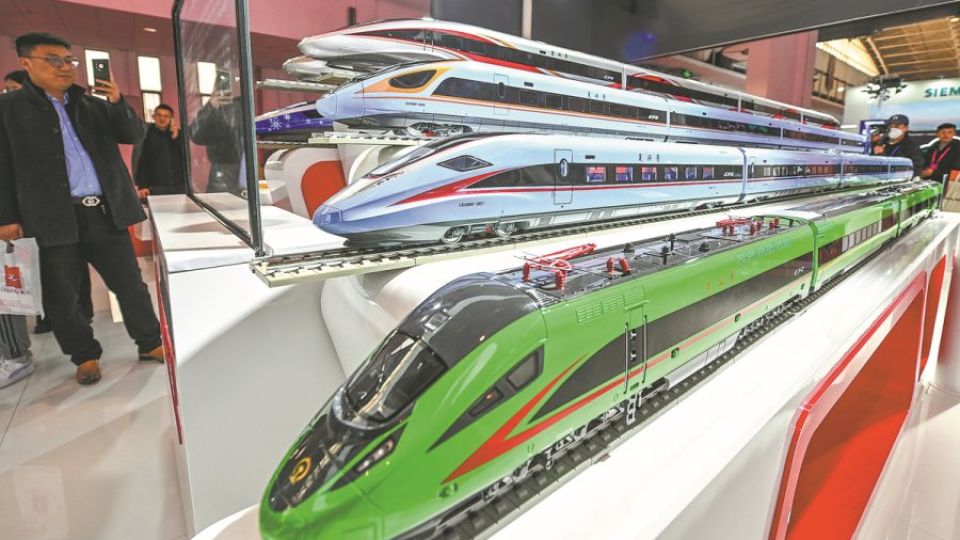BEIJING (ANN/CHINA DAILY) – Building upon the triumphant implementation of rail projects along the Belt and Road Initiative, China’s leading rail entities express unwavering confidence in the expanding global market for future endeavours.
During a forum held on the sidelines of the Modern Railways 2023 expo in Beijing, representatives disclosed that up to a dozen countries have signalled their interest in collaborating with China on upcoming rail initiatives.
Ju Guojiang, President of China Railway International – a subsidiary of the China State Railway Group overseeing international railway projects – revealed that nations where China has executed significant infrastructure endeavours have conveyed their eagerness for sustained cooperation.
This manifests in requests for the Chinese expertise to persist in new railway projects or the enhancement of existing rail lines.
In recent developments, nations in Southeast and Central Asia have proactively initiated discussions with China, expressing a keen interest in collaborative efforts for the construction of new railway networks.
According to Ju, the evolving progress of these ventures stands as a significant catalyst in advancing the Belt and Road Initiative (BRI).
“Through such projects, we can share China’s advanced railway technologies and standards with the world,” he said.
“China’s high-speed railway development is at a leading level in the world,” said Zhao Xianghong, deputy director of the science, technology and information research institute of the China Academy of Railway Sciences.
Since China’s very first high-speed railway came into operation in 2008, the scale of China’s high-speed rail network has exploded to cover 42,000 kilometres, accounting for more than 70 per cent of all high-speed railway lines in the world.
“The biggest advantage of Chinese rail going global is that we have a comprehensive system, inclusive of all elements and the entire industry chain,” Ju said.
“It means that China can offer a comprehensive plan, including surveying, design and construction, as well as providing all supplies and materials. We can also offer operating plans following the railway’s opening,” he said.
In recent years, a number of Chinese railway projects have come online overseas, such as the China-Laos Railway, the Belgrade-Novi Sad section of the Serbia-Hungary Railway, and the Jakarta-Bandung High-Speed Railway.
The local partners have spoken highly of the projects and their cooperation with China.
Dwiyana Slamet Riyadi, president of PT Kereta Cepat Indonesia-China, a joint venture that worked on the Jakarta-Bandung High-Speed Railway, said he hopes the railway can bring a new and efficient lifestyle to Indonesia.
The line has reduced travel time between the two Indonesian cities to 40 minutes from more than three hours.
Marko Jeremic, head of infrastructure at Serbian Railways, said: “The collaboration with the Chinese companies made it possible for us to be the leader in the western Balkans, introducing the high-speed line.
“In that way, we became the leader because no other neighbouring countries – Croatia, Hungary and Bulgaria – have high-speed lines over 160 km per hour,” he said.
China’s railway industry remains steadfast in fostering global collaboration, adhering to principles of excellence, sustainability, and mutual benefit. The commitment is aimed at enhancing the Belt and Road Initiative (BRI) while also sharing valuable experiences with the global community, as emphasised by the China State Railway Group.





